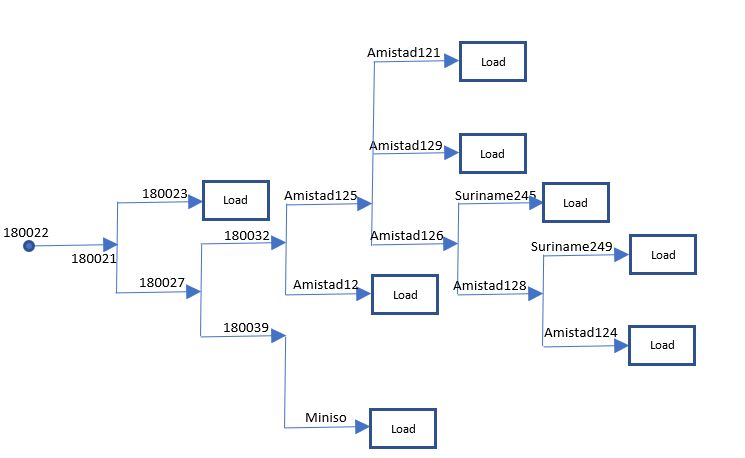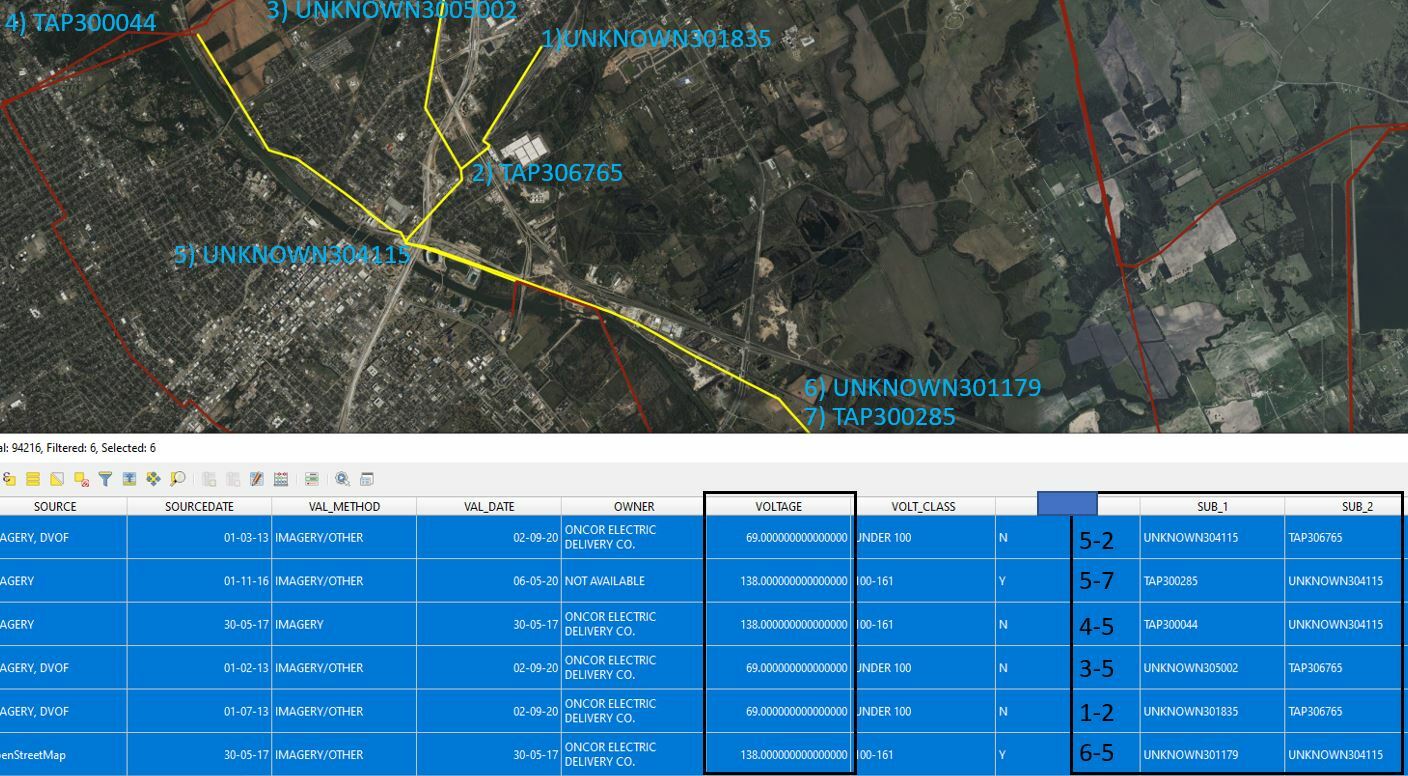I hope this message finds you well. I am reaching out to the FME community to ask for suggestions on how to map transmission lines data using sub1 and sub2 columns. Our goal is to find the node mapping between transmission lines and substations, and we have the necessary data in these two columns.
I have been working with FME for a while now, but I am not sure about the best way to approach this mapping task. Any advice, tips, or best practices you could share would be greatly appreciated.
Attached the piece of data for understanding.
Thank you in advance for your time and expertise. I look forward to hearing from you soon!
Best answer by markatsafe
View original






